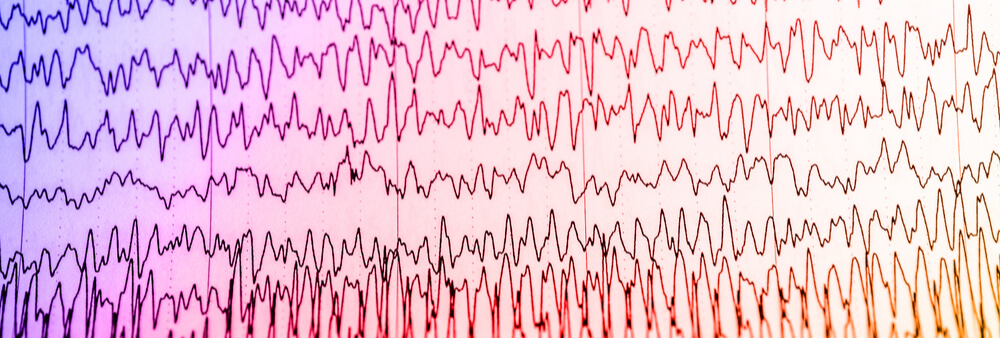
Hot off the press, researchers at MIT share their characteristic out-of-the-box approach to solving the underlying problem of Alzheimer’s disease. Leave it to the MIT braniacs to design a medical device that may treat Alzheimer’s AND do so by applying a relatively simple, known concept to a very complex puzzle.
Researchers at the Picower Institute for Learning and Memory are using 40 hertz (hz) signals, in different sensory modalities—light and sound—to help restore gamma activity in the brain. In a mouse model, the generation of gamma brain wave activity initiated by exposure to 40 hz light and sound stimulation resulted in a decrease in amyloid plaques and phosphorylated tau proteins—both hallmarks of Alzheimer’s disease—in different brain regions.
An old adage in the research community is: “We’ve cured a thousand mice, but if we could only cure one (wo)man….” That is the true test of a viable treatment. The utility and value of this medical device is currently being tested in humans and we, at The Cognitive and Research Center of New Jersey, have been selected as a site for this study, a Multi-Center Study of Sensory Stimulation to Improve Brain Function, also known as the Overture Study, sponsored by Cognito Therapeutics, Inc.
The Overture Study is a Phase I/II randomized, controlled, single-blind multi-center clinical trial using the GammaSense Stimulation device to study safety, adherence rates and efficacy in subjects with Alzheimer’s disease or Mild Cognitive Impairment due to Alzheimer’s disease. Eligible subjects must be 55 years or older, obtain a Mini-Mental Status Examination score of 14 to 26 and have someone who can serve as a study partner. People who have profound hearing or visual impairment, seizure disorder, implantable devices that prohibit MRIs, or who are taking memantine (Namenda or Namzaric) would not be eligible. Overall, the goal is to enroll a total of 60 subjects across sites.
Subjects who pass screening will be randomized at a ratio of 2:1 treatment to control, which means that each subject has about a 67 percent chance of receiving active treatment and a 33 percent chance of receiving placebo. Neither the participants nor the site raters will know whether a subject is on treatment or receiving a sham, as knowing treatment group could cause biases.
Subjects will be required to utilize the device at home for 60 minutes daily for six months. During that time, subjects and study partners will come to the site periodically to undergo various cognitive tests and scales of behavioral functioning. Subjects will also receive multiple amyloid positron emission tomography (PET) scans.
Contact us to learn more about the Overture study and whether you or a loved one are a candidate,as we are actively enrolling for this trial at The Cognitive and Research Center of New Jersey.


